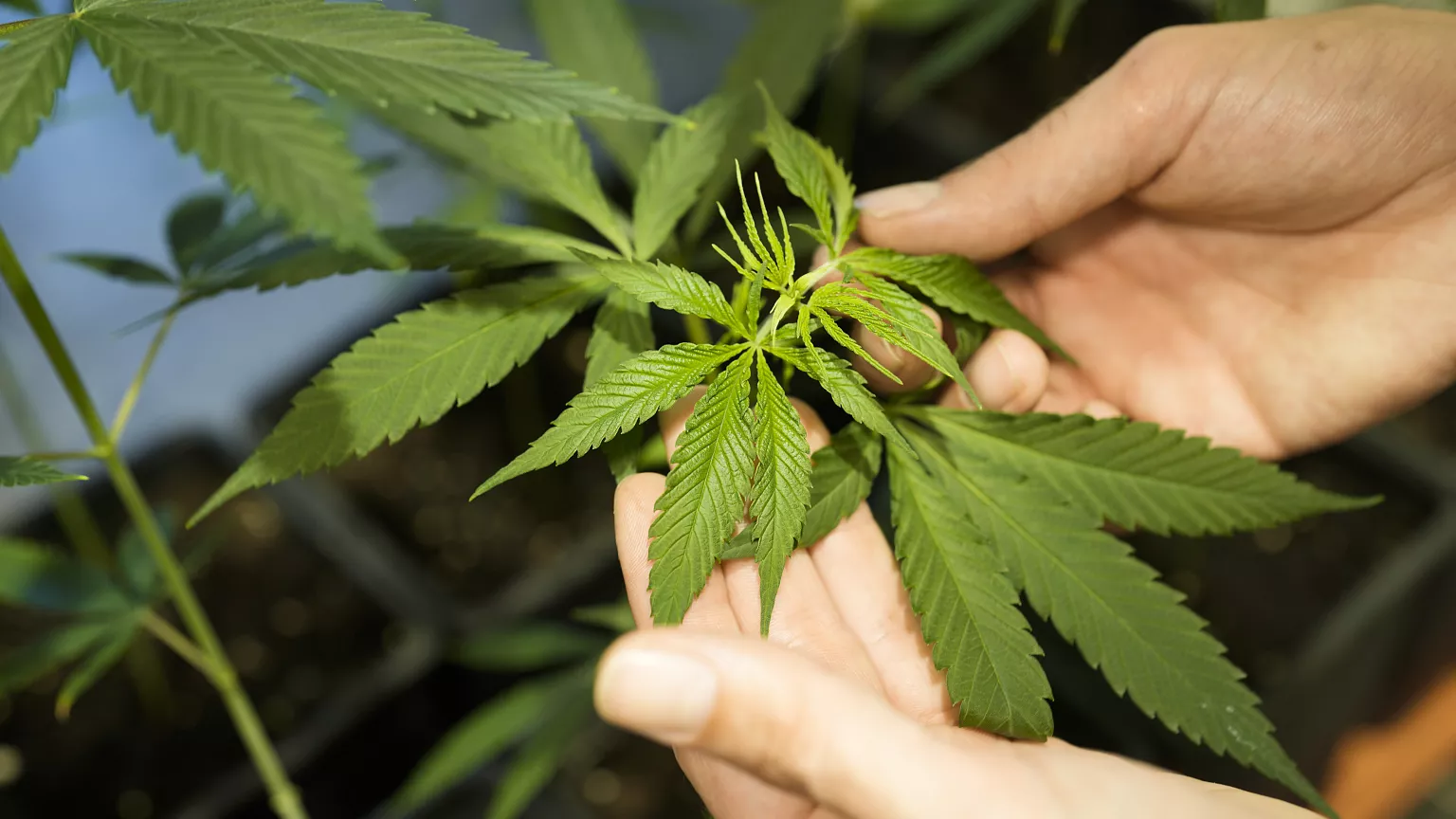The global hemp fiber market is set to grow at a compound annual growth rate (CAGR) of 8.4%, aiming for a valuation of USD 12 billion by 2035, according to Future Market Insights (FMI). This growth stems from a combination of rising sustainability demands, supportive regulations, product innovation, and the integration of hemp across multiple industries.
Hemp fiber, sourced from the Cannabis sativa plant, is distinct from marijuana due to its low THC content, which allows for various industrial applications. This fiber is known for its strength, versatility, and biodegradability, making it an attractive alternative for many uses.
Historically utilized in textiles, ropes, and paper, hemp’s popularity is surging due to increased awareness of environmental issues. It serves as a more sustainable option compared to conventional materials such as cotton and synthetic fibers. Hemp fibers are lightweight, durable, and naturally resistant to mold, mildew, and UV rays, making them desirable for a variety of applications.
The environmental benefits of hemp are a driving force behind its market growth. As a low-impact, biodegradable crop, hemp presents an alternative to traditional fibers that often require high pesticide use and significant water resources. Hemp cultivation can enhance soil quality, aligning with the United Nations’ Sustainable Development Goals and the demand for eco-friendly materials in manufacturing and packaging.
### Market Dynamics
Key insights from the hemp fiber market analysis include: – **North America** leads the market with a 40% share, driven by legalization efforts and robust industrial applications. – **Europe** accounts for 30% of the market, bolstered by sustainability regulations and advancements in textile uses. – **Asia-Pacific** holds a 20% share, aided by government support and growing industrial adoption. – Other regions collectively represent 10% of the market, with emerging economies exploring hemp for its economic and environmental advantages.
### Trends Shaping the Hemp Fiber Industry
Several trends indicate the hemp fiber industry’s expanding influence: 1. **Textile Innovations**: Hemp is experiencing a resurgence in fashion, with designers creating new fabrics and garments. Hemp textiles are increasingly featured in high-end and eco-friendly apparel, gaining traction as a sustainable alternative to cotton and synthetics. 2. **Construction Applications**: Hempcrete, a sustainable building material made from hemp fibers and lime, is becoming popular in the construction sector. It offers superior insulation and sustainability, making it a cost-effective option for green buildings. 3. **Bioplastics Development**: The shift from fossil-fuel-based materials is leading to increased interest in bioplastics derived from hemp. Companies are utilizing hemp resins and fibers for applications in automotive and packaging, responding to the rising demand for biodegradable options.
### Leading Companies in the Hemp Fiber Market
Key players such as Hemp Inc., Dun Agro, and HempFlax are driving innovation and expansion in the hemp fiber market. These companies are investing in research and development, enhancing processing technologies, and expanding production capacities to meet growing demand. For example: – **Hemp Inc.** focuses on eco-friendly technologies and production expansion. – **Dun Agro** specializes in high-quality hempcrete and fiber products. – **HempFlax** employs advanced decortication techniques to improve scalability.
### Conclusion
As hemp fiber continues to carve out a significant niche in various industries, its market is expected to thrive, driven by sustainability trends and innovative applications. The shift toward environmentally friendly materials indicates a promising future for hemp, aligning with global efforts to reduce environmental impact and promote sustainable practices.



